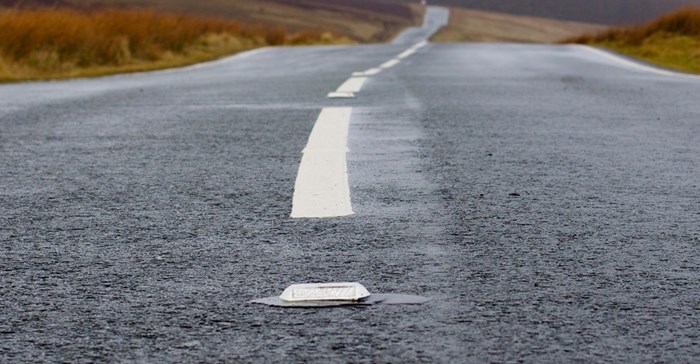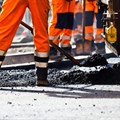N2 upgrade near Grahamstown making progress

The road infrastructure upgrade project is currently in phase two of three and forms part of a long-term strategy to improve the quality of the roads between Port Elizabeth and King Williams Town.
“This upgrade includes various geometric improvements over a mountainous terrain. It will improve safety and offer safe overtaking opportunities. Once completed, the new road will also ensure travel-time savings for vehicle operators,” said Mbulelo Peterson, Sanral southern region manager.
The first phase of the project, which was valued at R980m, commenced in April 2015 and was completed in May 2017.
“During this phase, an environmental study of the Oldenburgia Grandis – a plant endemic to the Eastern Cape and which grows on quartzite outcrops near and around Grahamstown – was also conducted. In collaboration with Rhodes University, Sanral funded a botanical research study and transplant programme for the Oldenburgia Grandis affected by the upgrade,” Peterson said.
In addition, the first phase works uncovered important fossil deposits dating back some 350 million year. These fossils will contribute to scientific research for years to come.
Second phase
The second phase of the upgrade project began in June 2017.
This phase, valued at R283m, is located within the boundaries of the Makana Local Municipality, in the Sarah Baartman District Municipality.
Work currently underway on this section of the upgrade includes the establishment of a hard rock quarry, crushing facilities for materials, mass earthworks, the construction of new pavement layers, resurfacing of the road surface, and the construction of three agricultural underpasses.
“The impact of stray animals on the safety of road users in this area is a major cause of concern. The construction of three agricultural underpasses, which will allow for the safe movement of animals from one side of the N2 to the other, is, therefore, an important part of this phase of the project. These agricultural underpasses should help to facilitate road safety and reduce animal related road accidents along this stretch of the N2,” Peterson said.
The second phase of the project is set to last 24 months and should reach completion in mid-2019.
The entire project will provide employment to 360 individuals and Sanral has set a 27% SMME participation goal for phase two the project. The goal will increase for phase three. This means that approximately 120 small, micro and medium Enterprises (SMME) will have an opportunity to work on the project over the seven years.
“The legislated requirement is for the main contractor to outsource approximately one-third of the project to emergent small road construction firms. There were 22 SMMEs who worked on the first phase of the project and this will increase on Phase two. A non-motorised transport facility, the bypass at the fish River Pass and rehabilitation work on the adjacent R67 are examples of specific works which are being carried out by SMMEs,” Peterson said.
Sanral noted that an increase in traffic volumes, particularly of heavy vehicles, over the past 10 years, prompted the need for this road upgrade. Furthermore, the existing road, which was built in the 1960s, did not meet the road agency’s desired alignment and safety standards.
“The project will improve and prepare the N2 to support increasing volumes of motorists on this national road over the next 25 years and will also improve safety and travel time on the national road network that provides the economic link between Port Elizabeth and East London, and which also serves as the west-east link between the Western Cape and KwaZulu-Natal,” Peterson concluded.










